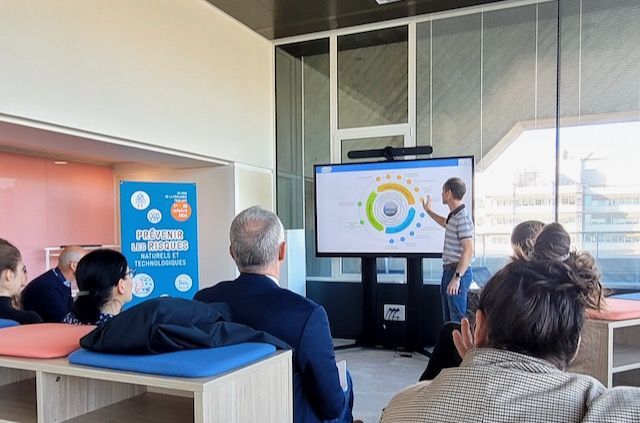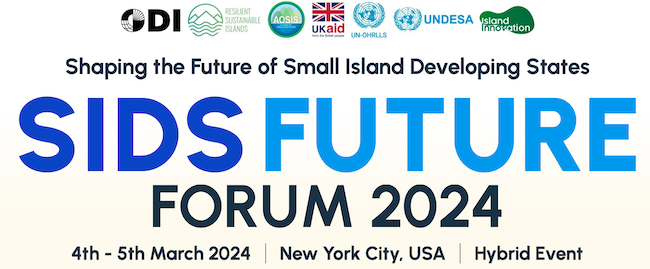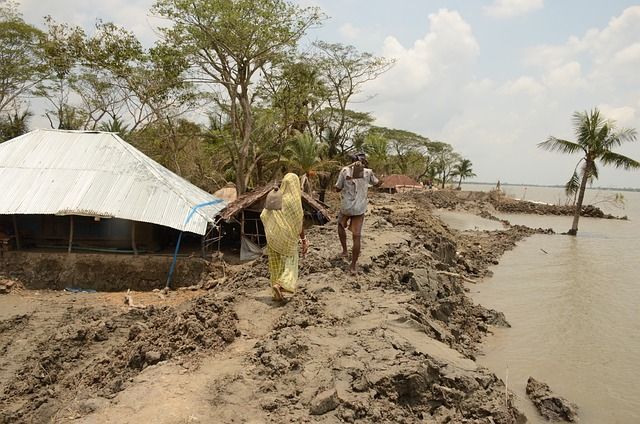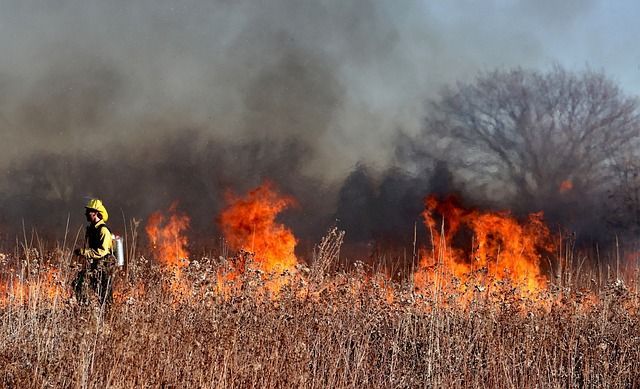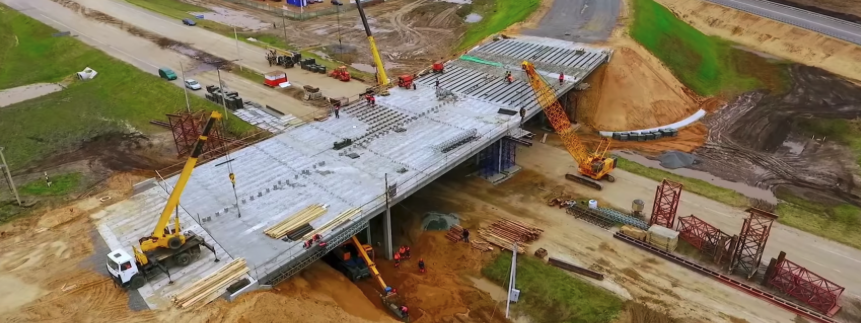Quantitative Risk Analysis for projects
I am often asked about Quantitative Risk Analysis and its value for projects - for commercials (the money side of things), schedule (to review time commitments) and also other elements such as safety analysis. Some people see value in this Risk technique, some people don't.
In my view, Quantitative Risk Analysis (or QRA, as it is often abbreviated to) can be a valuable part of managing project risk - as long as some key elements are in place:
1. The team needs to have an open, challenging culture
2. People need to see QRA as one of many lenses through which to understand and address risk and uncertainty - it cannot predict the future for you, what it can do is provide you with a statistical review
3. The team needs time to work through some details, to provide meaningful data, with assumptions, to run a good QRA
QRA reviews differ, depending on what precisely you are looking to achieve.
Here are some points that I have found useful in conducting a QRA based on building up a model of possible cost / schedule outcomes (this is an overview - specifics can differ depending on the situation / requirement):
1. Get the right people in a room to talk through the key risks, and the "ranges of outcomes" (often called best / likely / worst) that you agree for these key risks (be they commercial outcomes or time / schedule outcomes)
2. Ask people about the level of confidence they have towards their "ranges of outcomes"
3. Build up a model based on what you have listened to and asked about
4. Run an analysis and present findings to the team
5. Look at the overall outputs and the most sensitive data sets; think through alternative scenarios and whether, if you change something in your model, it would bring worthwhile benefits
6. Agree changes to the model and run the QRA again to review the effect of your alterations
7. Determine actions and a way forward
8. Monitor the success of your actions, track benefits, and change direction if and when you have to
As a different example, QRA in the petrochemical industry for safety can take a different form. Such a QRA may be required as part of a Safety Case. A QRA in this context analyses the impacts (or consequences) and likelihoods of a range of possible material events. The analysis is based on modelling e.g. looking at the blast overpressure and heat flux impact of the material unwanted event (MUE) on people and structures, and quantify likelihood using equipment and system failure rate data. Deliverables from this type of QRA may include a risk contour map, showing for example the level of fatality risk on a plan of the facility and surrounding areas. This can help with demonstrating compliance of a facility within tolerable risk guidelines.
Don't carry out a QRA exercise just because your client says you have to, or because it is a "tick in the box" exercise as part of preparing a project bid - there's no point doing it just so you can provide a client or your management with a report, if you don't act upon anything afterwards.
I use some particular tools for conducting QRA - Palisade's @RISK tool for number-based QRA and Barbecana's Full Monte tool specifically for schedule QRA - which work well. They are flexible tools that can be easily used during team reviews and subsequent in-depth analysis.
I have more detailed papers and slide decks about certain aspects of QRA. Contact me on LinkedIn or by email
if you would like more information.
